The latest engineering and technology from the 1930s: The Mallock Machine or calculator, built by Rawlyn Richard Manconchy Mallock of Cambridge University is an electrical analog computer built in 1933 to solve
Por um escritor misterioso
Descrição
Download this stock image: The latest engineering and technology from the 1930s: The Mallock Machine or calculator, built by Rawlyn Richard Manconchy Mallock of Cambridge University is an electrical analog computer built in 1933 to solve simultaneous linear differential equations. It uses coupled transformers, with numbers of turns digitally set up to +/-1000 and solved sets of up to 10 linear differential equations during the late 1930s and 1940s. - 2A02KF0 from Alamy's library of millions of high resolution stock photos, illustrations and vectors.

Computer History-Mark Lopez by Mark Lopez - Issuu
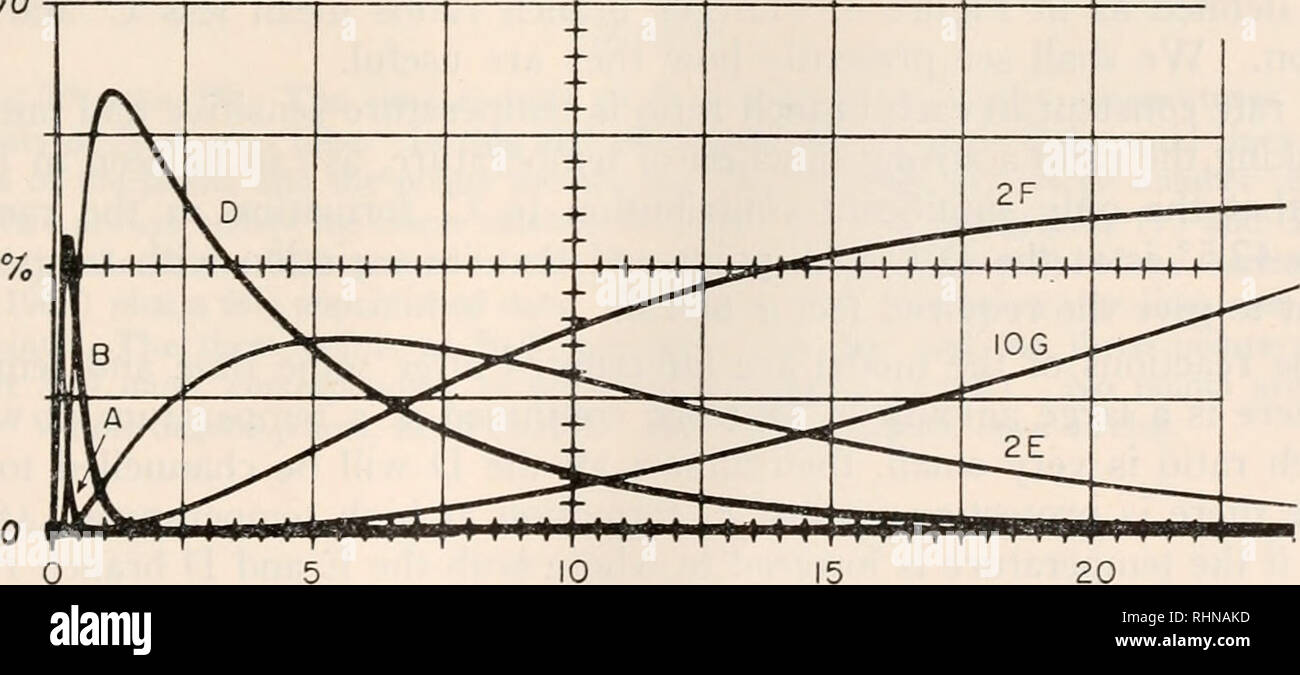
Simultaneous linear differential equations hi-res stock photography and images - Alamy
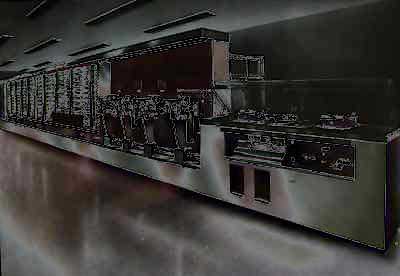
Computers and Transistors
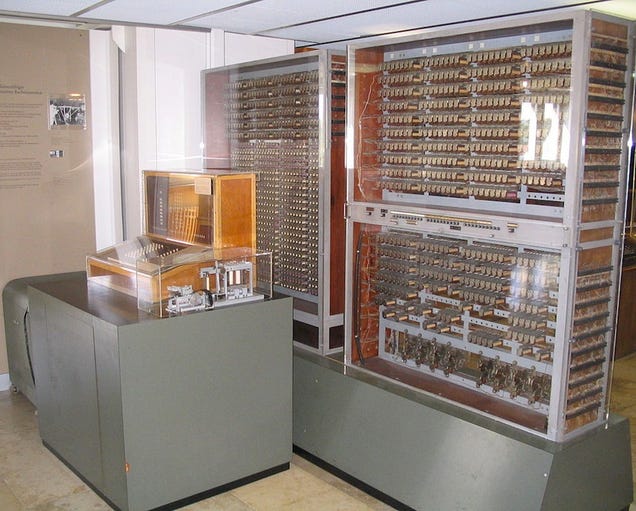
Techies of CJHSS: Early Computing Devices
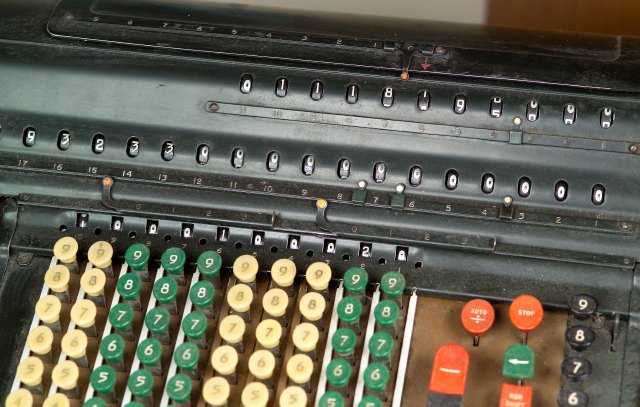
Computer History Exhibits Photographs 2005
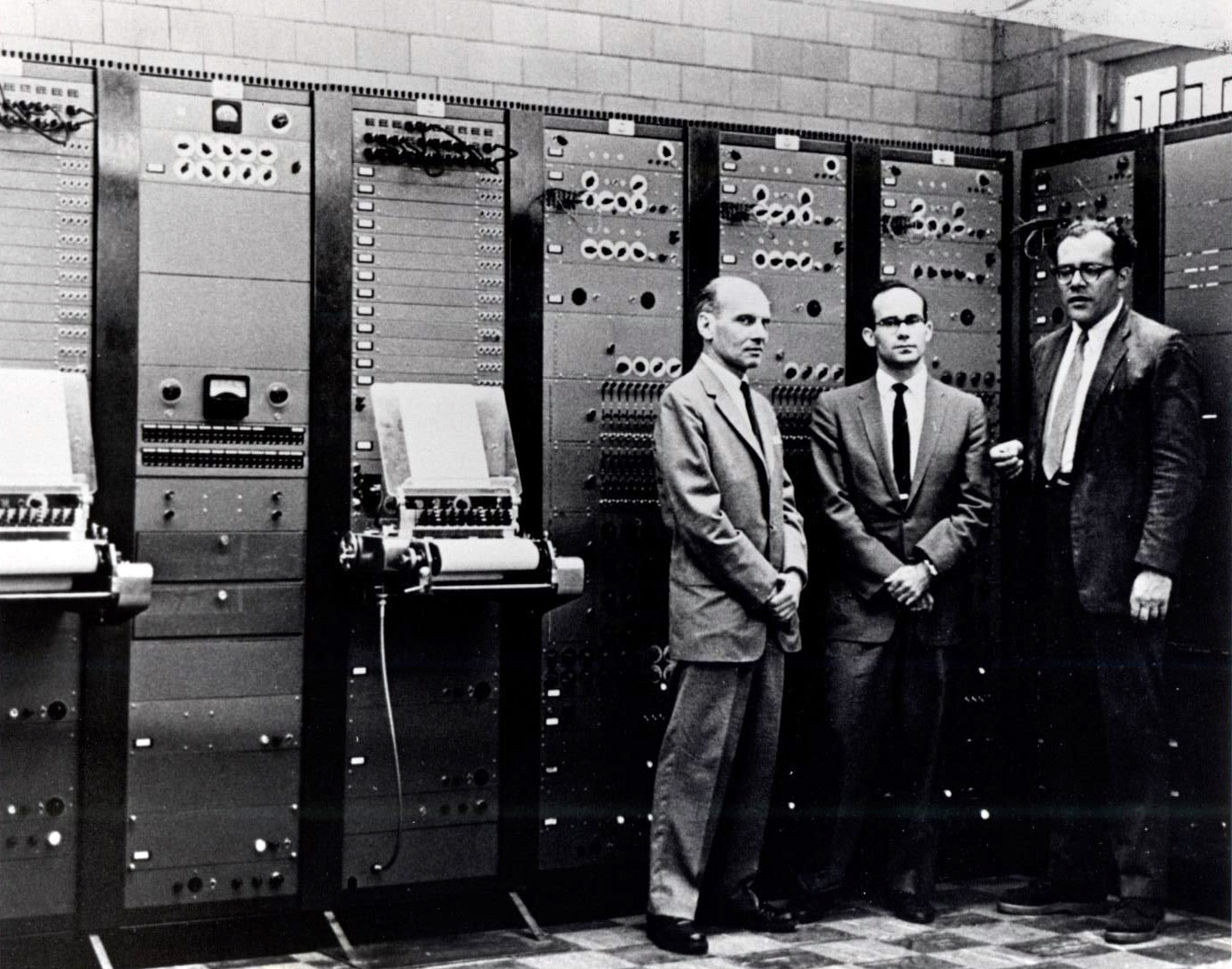
The Columbia-Princeton Electronic Music Center

Harvard Mark III - Wikiwand
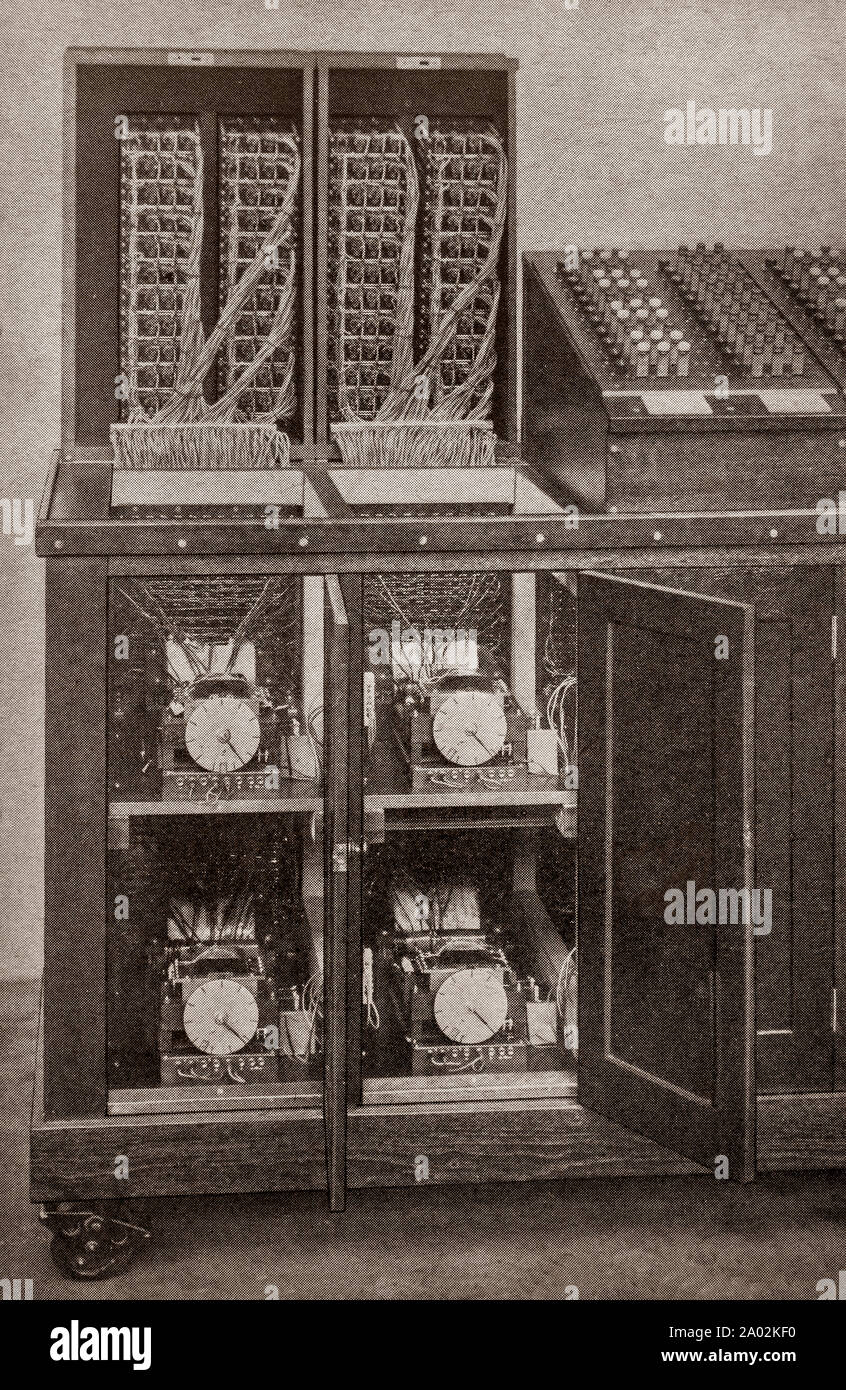
The latest engineering and technology from the 1930s: The Mallock Machine or calculator, built by Rawlyn Richard Manconchy Mallock of Cambridge University is an electrical analog computer built in 1933 to solve
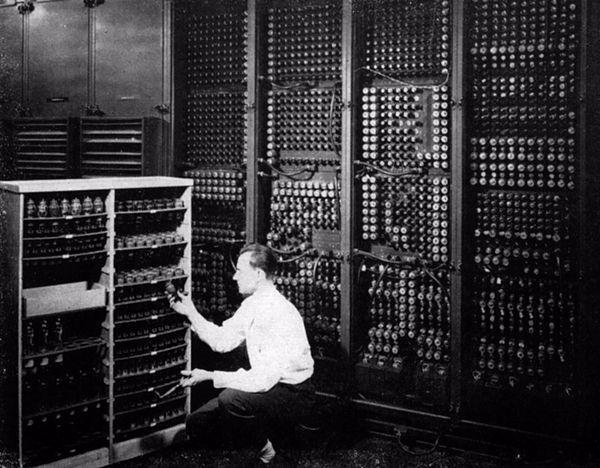
1943-1944: Two University of Pennsylvania
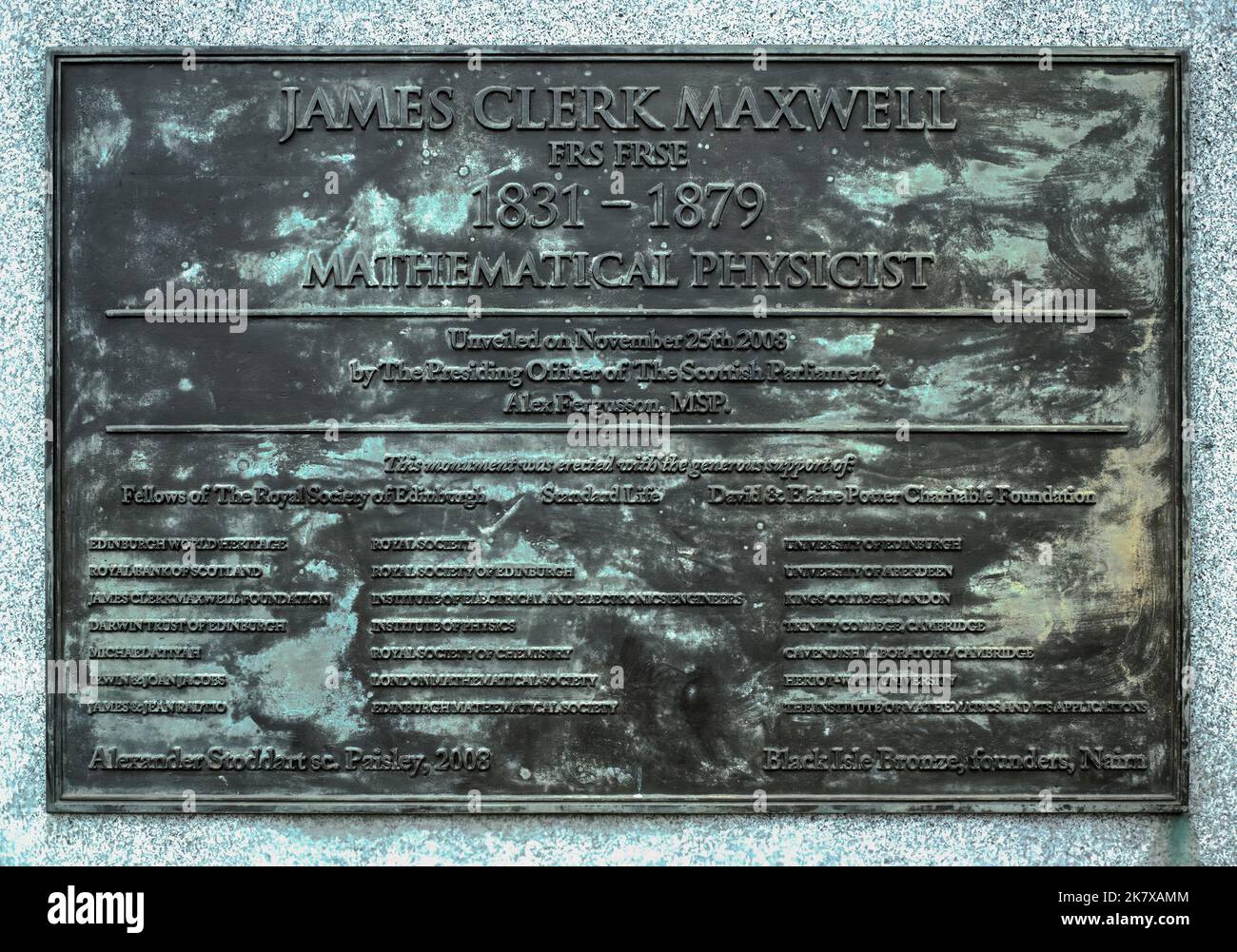
Great equations hi-res stock photography and images - Alamy

DIY Calculator :: First Electromechanical Computers

Before the Computer
de
por adulto (o preço varia de acordo com o tamanho do grupo)







